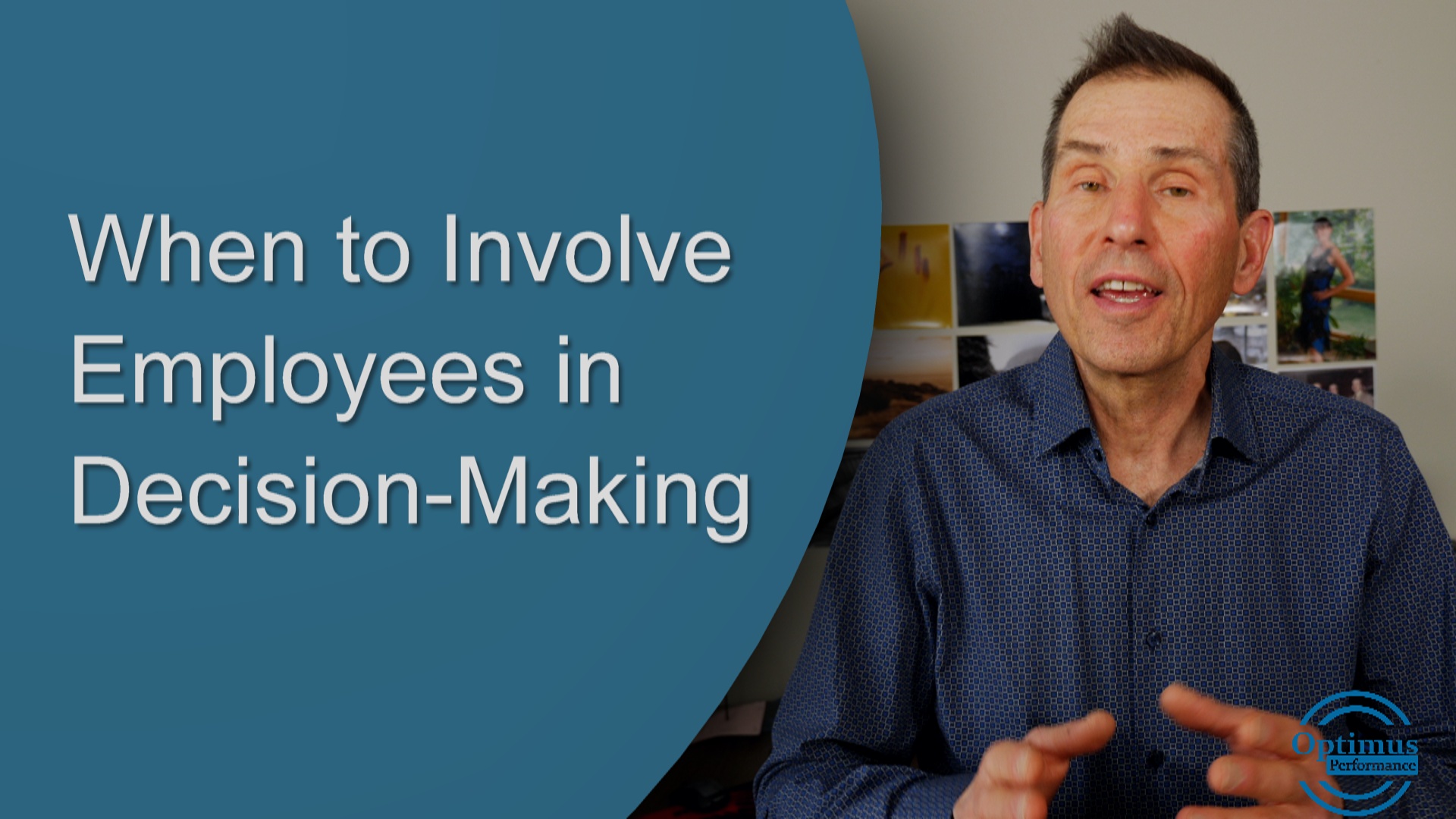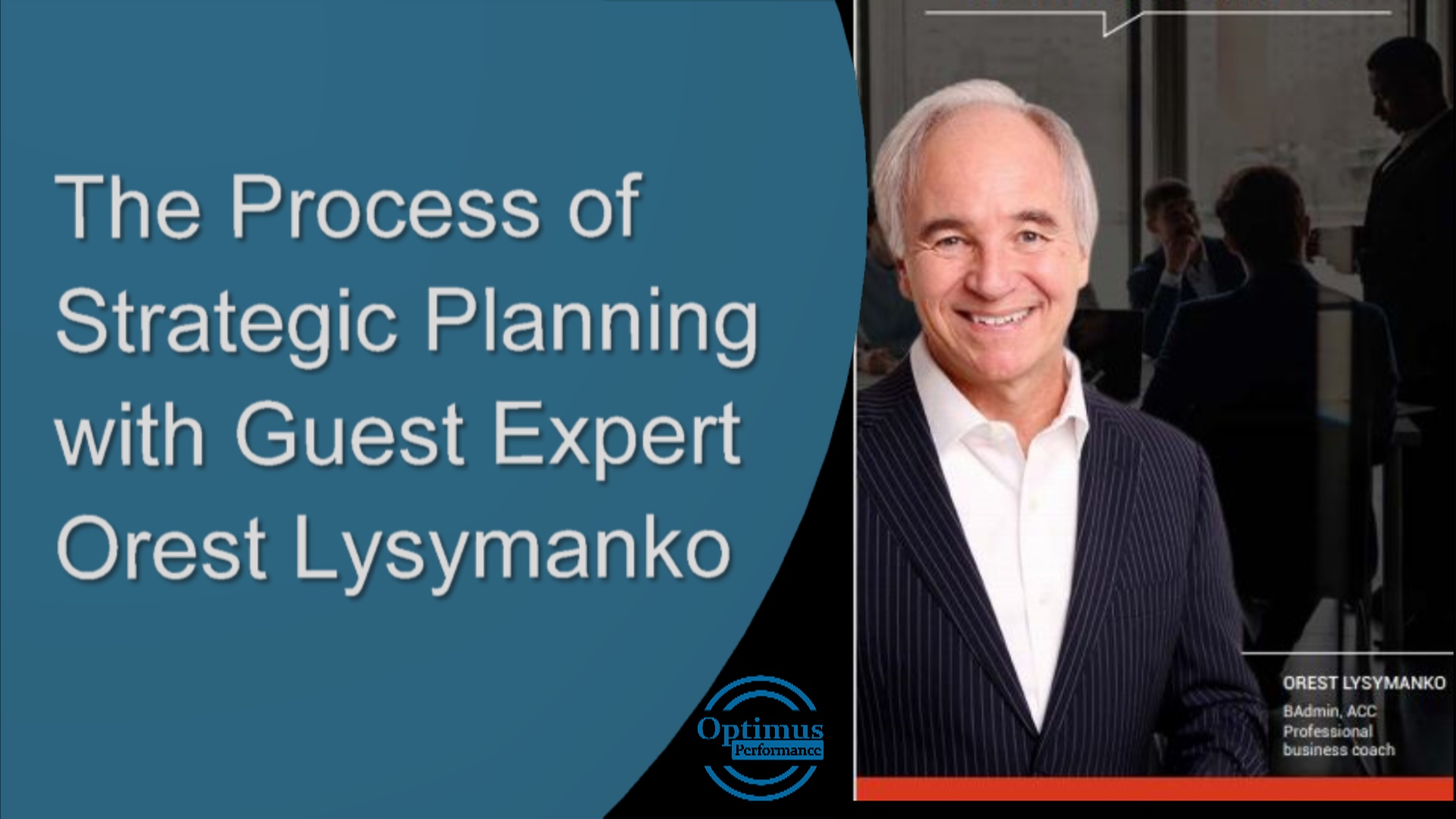Involving employees in decision-making is an effective method to improve employee engagement and motivation. When employees participate in decision-making, they feel empowered and valued.
It is not feasible to involve employees in all decisions as this would take too long and is unnecessary. The decisions on which to have employees participate is based on how the decision will affect their work, their attitude and ability to be perform well.
Take for example a small business owner with 15 employees and one supervisor. The supervisor manages a team of 8 employees in the production shop and the rest of the employees are in sales and administration.
Suppose demands for the companies’ products are rising quickly and the owner has been having difficulty hiring additional production staff. He needs at least 3 new employees to train rapidly, and this problem is causing the firm to be unable to meet demand.
As well turnover is above what it should be further contributing to the problem. The owner could call on consultants to address the situation and perhaps that would be wise. But at the same time, he could involve the employees in the decision by asking what they think is causing the turnover and what the company needs to do to fix that and attract new employees.
Using the input from the employees could help the business owner not only work better with consultants but also make decisions about what to do to make the company a better place to work. Implementing the solutions based partly on employee input will have them want to be part of the solution. Those that are more engaged with the firm would act as leaders in helping fix the problems and getting other employees on board with the solutions.
Obstacles
The biggest obstacle to involving employees in decision-making is time. That is why it is important to choose the right problem or decision for which to include employees.
The decisions that need employee backing to work are those that you need to set aside time to get their input. These types of decisions should not be rushed as the implementation of the decision could backfire, causing more problems.
Leadership style is another factor that affects involving employees in decisions. A participative leadership style is required to make employee involvement work. Autocratic leaders with high energy and a competitive nature might lack the patience to go through the process of getting employee input. The leader needs to be aware of this and work on that aspect of themselves.
Methods
There are methods to involve employees in decision-making. At the very least is asking their opinion and using that information to make the decision.
Another level would be to engage in deeper discussions and perhaps problem-solving exercises using consensus to build solutions. A more advanced stage would be to empower employees to make the decision.
In the example of the small business owner, empowering employees to make the decision could mean they get to choose who to hire to join the team. But to get to that stage requires a progressive approach and training. The leader who involves employees in decision-making will reap the benefits of building trust and respect and have more engaged and loyal employees.



